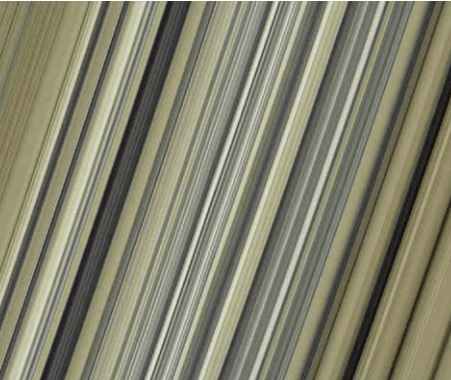ANU researchers farewelled the Cassini spacecraft at the end of its 20 year mission, as it became ‘part of Saturn’, destroyed in the planet’s atmosphere on Friday night.
Cassini explored Saturn, its rings, and revealed an ocean of liquid water, and hydrothermal vents, on the ice-covered moon, Enceladus. The probe sent back thousands of photographs.
Associate Professor Charley Lineweaver, of the ANU’s Research School of Astronomy and Astrophysics (RSAA), said that Cassini’s greatest achievement was landing the Huygens probe on Titan, where methane rain, seas and rivers were discovered. It was the first landing on a body beyond the asteroid belt.
Out of fuel after 13 years and 293 orbits of Saturn, the spacecraft was steered onto a collision path with the planet.
The craft completely burned up in Saturn’s atmosphere, ensuring that all Saturn’s moons remained pristine.
Dr Brad Tucker, from the RSAA, explained that, ‘we must think carefully of what we do and be responsible stewards of our Solar System,’ particularly in light of the potential for life discovered on Enceladus and Titan.
Before its collision, Cassini undertook orbits of Saturn considered too risky to attempt except at the end of the mission. These orbits passed through previously unexplored regions of Saturn’s surrounds.
The spacecraft kept transmitting as it plunged into Saturn’s atmosphere. The signals were received by NASA’s tracking station at Tidbinbilla south of Canberra, then relayed on to the United States.
The last signals were received on Earth more than an hour after Cassini had burned up.
We acknowledge the Ngunnawal and Ngambri people, who are the Traditional Custodians of the land on which Woroni, Woroni Radio and Woroni TV are created, edited, published, printed and distributed. We pay our respects to Elders past and present. We acknowledge that the name Woroni was taken from the Wadi Wadi Nation without permission, and we are striving to do better for future reconciliation.
